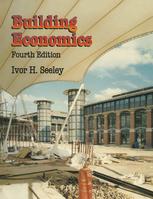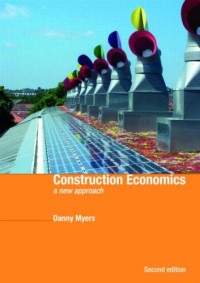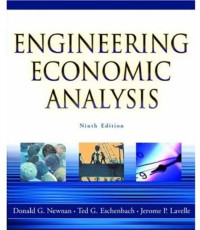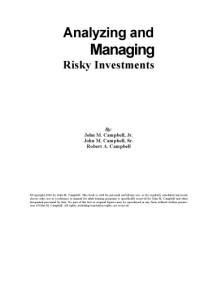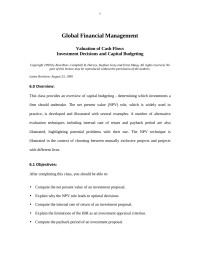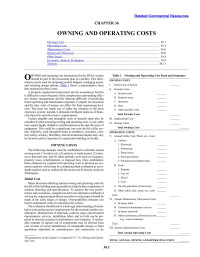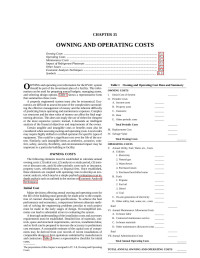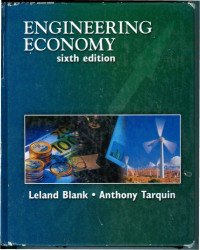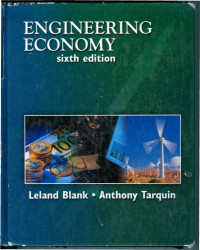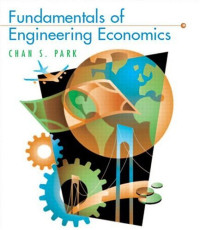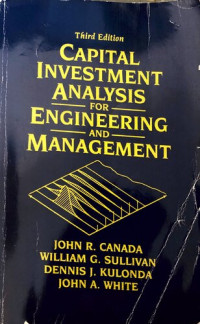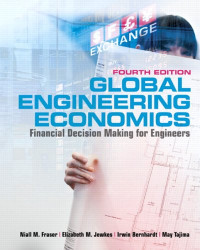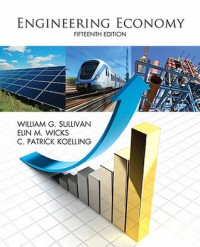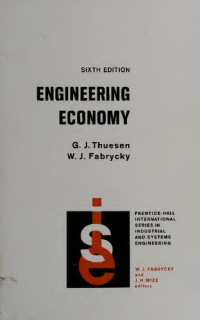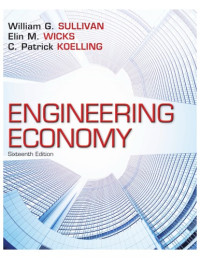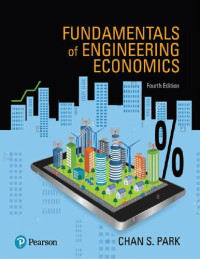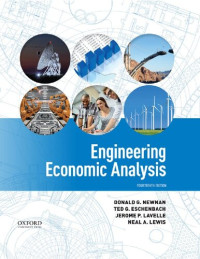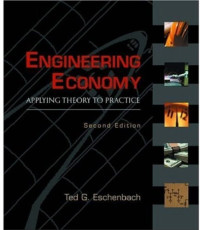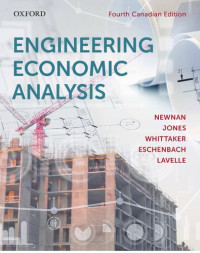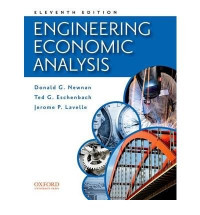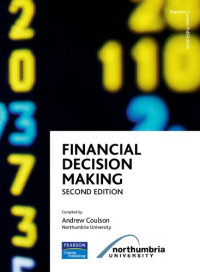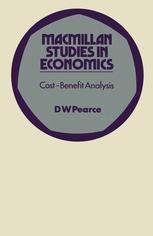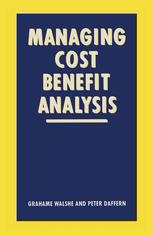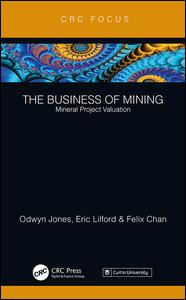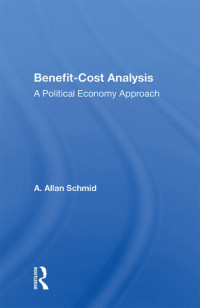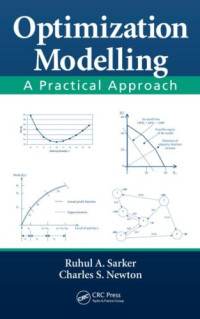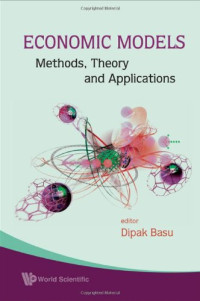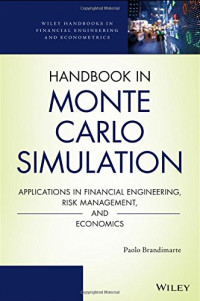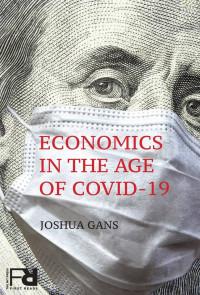
Building Economics: Theory and Practice
Rosalie T. Ruegg, Harold E. Marshall (auth.)We no longer build buildings like we used to nor do we pay for them in the same way. Buildings today are no longer only shelter but are also life support systems, communication terminals, data manufacturing centers, and much more. Buildings are incredibly expensive tools that must be constantly adjusted to function efficiently. The economics of building has become as complex as its design. When buildings were shelter they lasted longer than their builders. The av erage gothic master mason lived 35 or 40 years. Cathedrals took 3 or 4 hundred years to build. Cost estimates were verified by great great grandchildren of the original designer. Today, creative economics has become as important as creative design and creative building. The dient brings builder, contractor, architect, and facilities manager to account in their life time. The cost of building can therefore no longer be left to chance or act of god. Solutions are no longer as ingeniously simple as those proposed by a Flor entine builder early in the 15th century. He proposed to center the dome of S. Maria deI Fiore on a great mound of earth mixed with pennies. When the job was done street urchins would carry away the dirt in their search for the pennies. This was a serious suggestion offered by an early construction manager before Brunelleschi solved the problem more sensibly.
 Amazon
Amazon  Barnes & Noble
Barnes & Noble  Bookshop.org
Bookshop.org  파일을 변환하실 수 있습니다
파일을 변환하실 수 있습니다  더 많은 검색 결과
더 많은 검색 결과 기타 혜택
기타 혜택 
